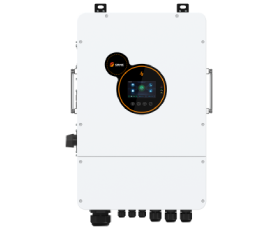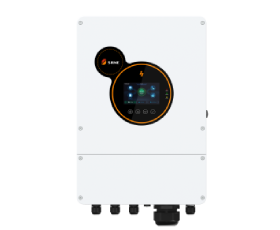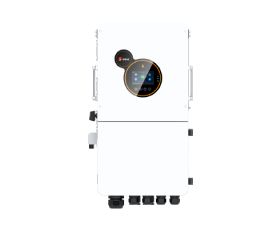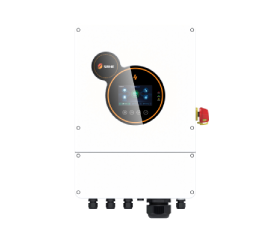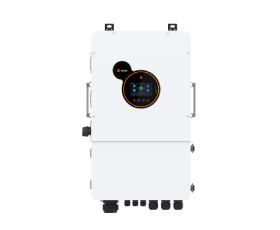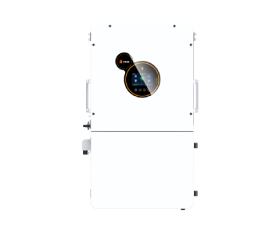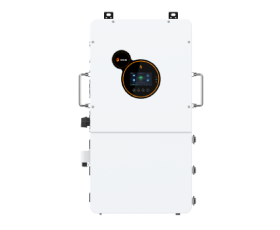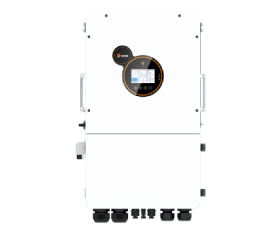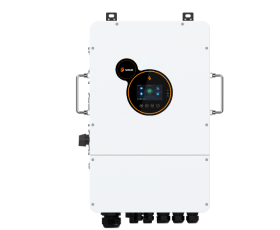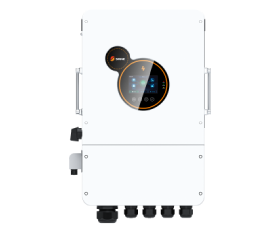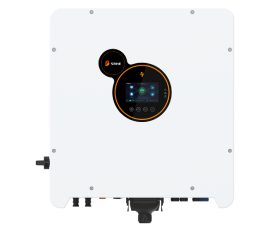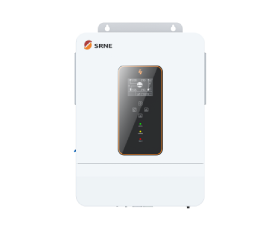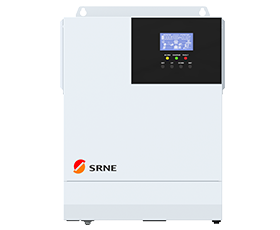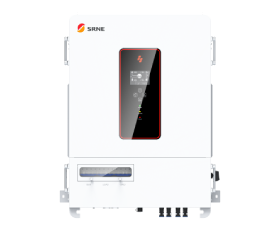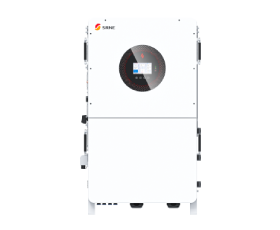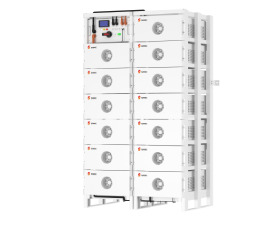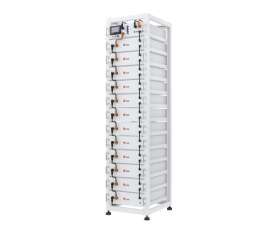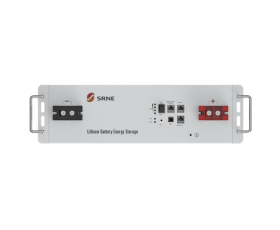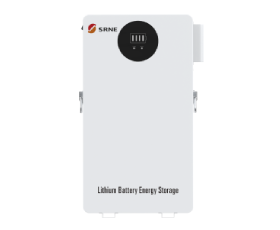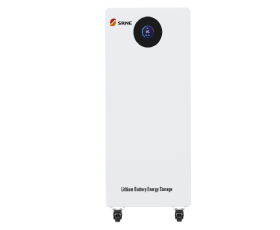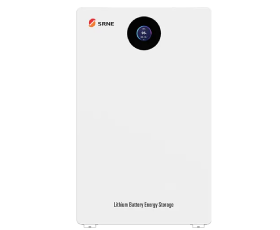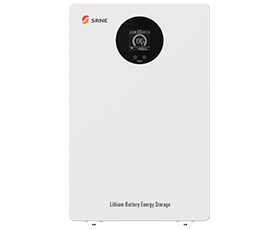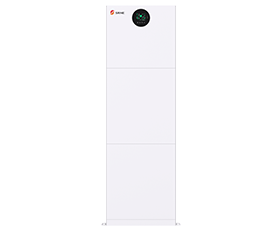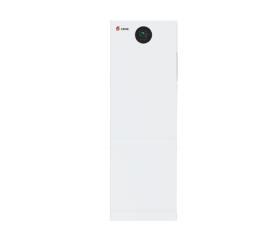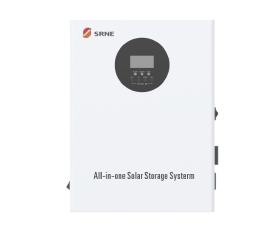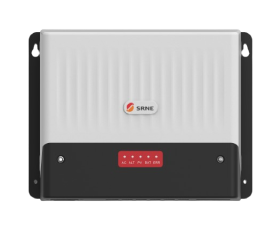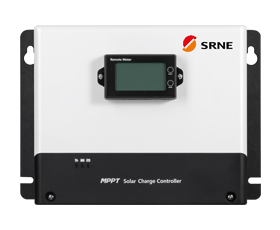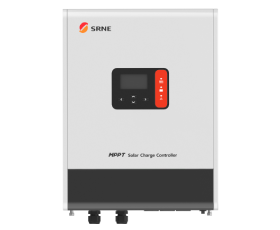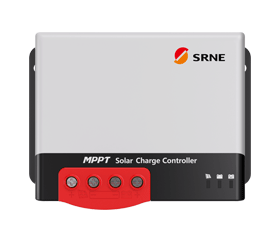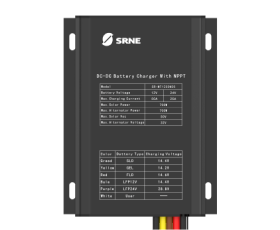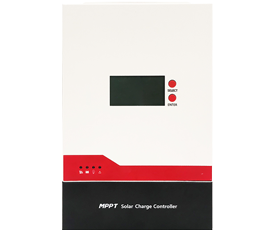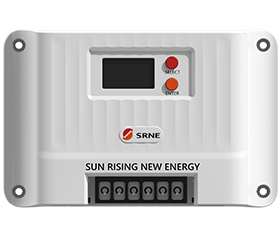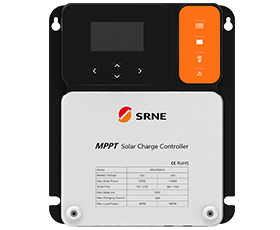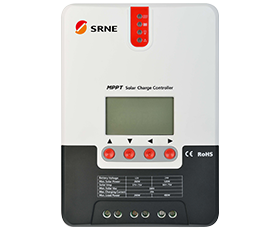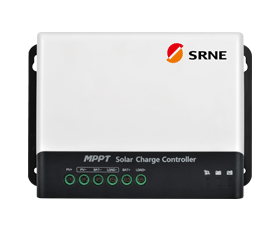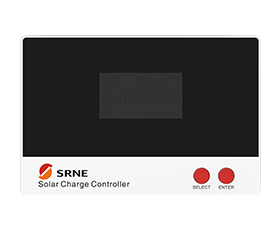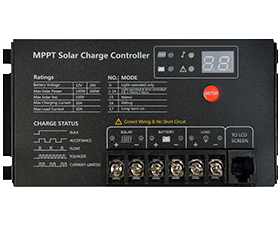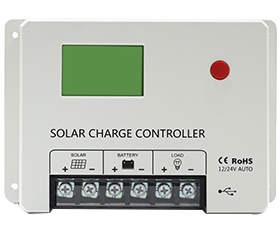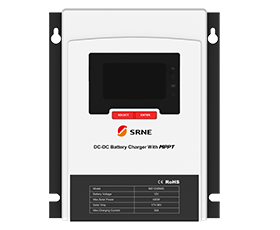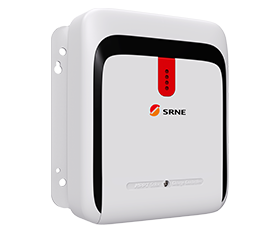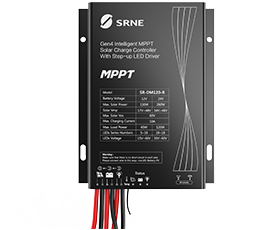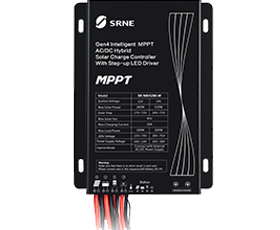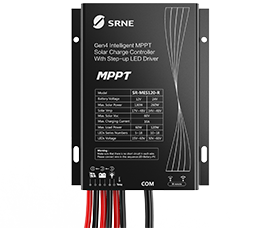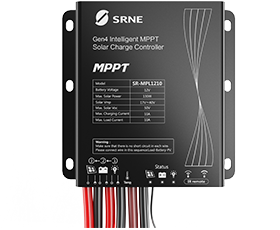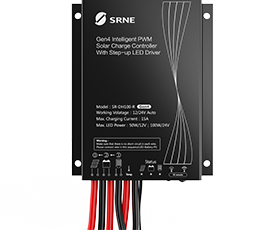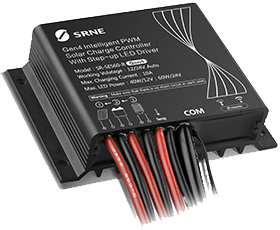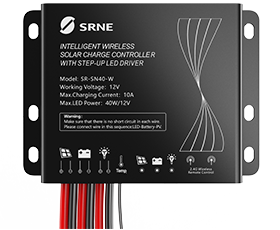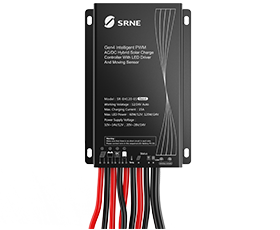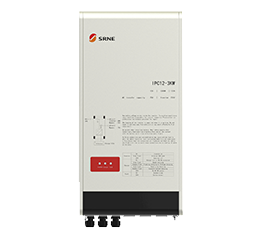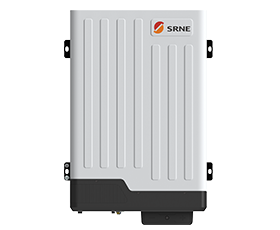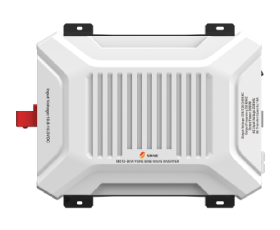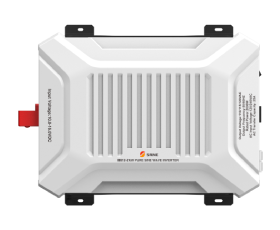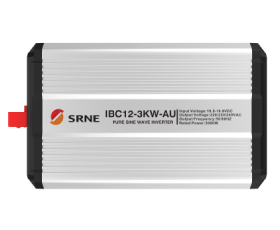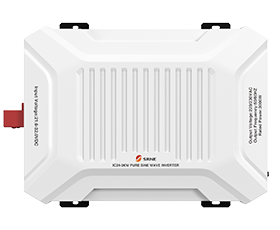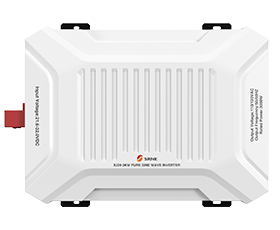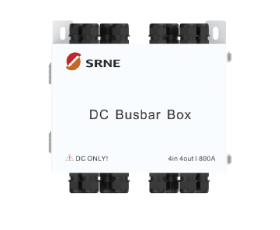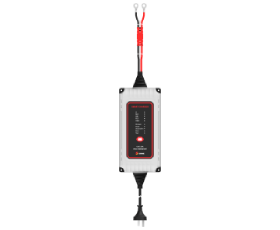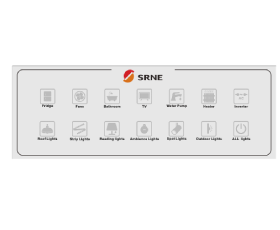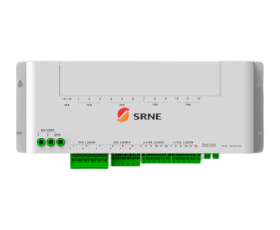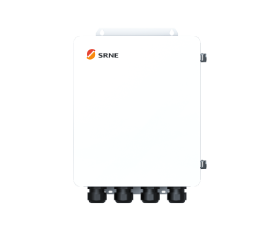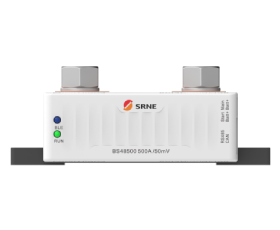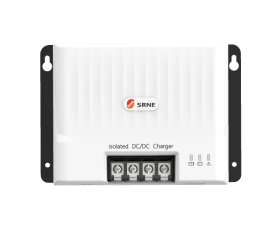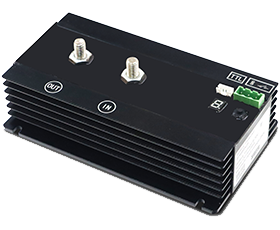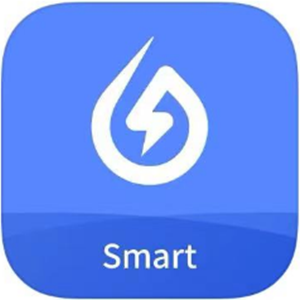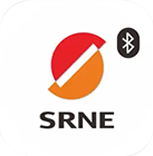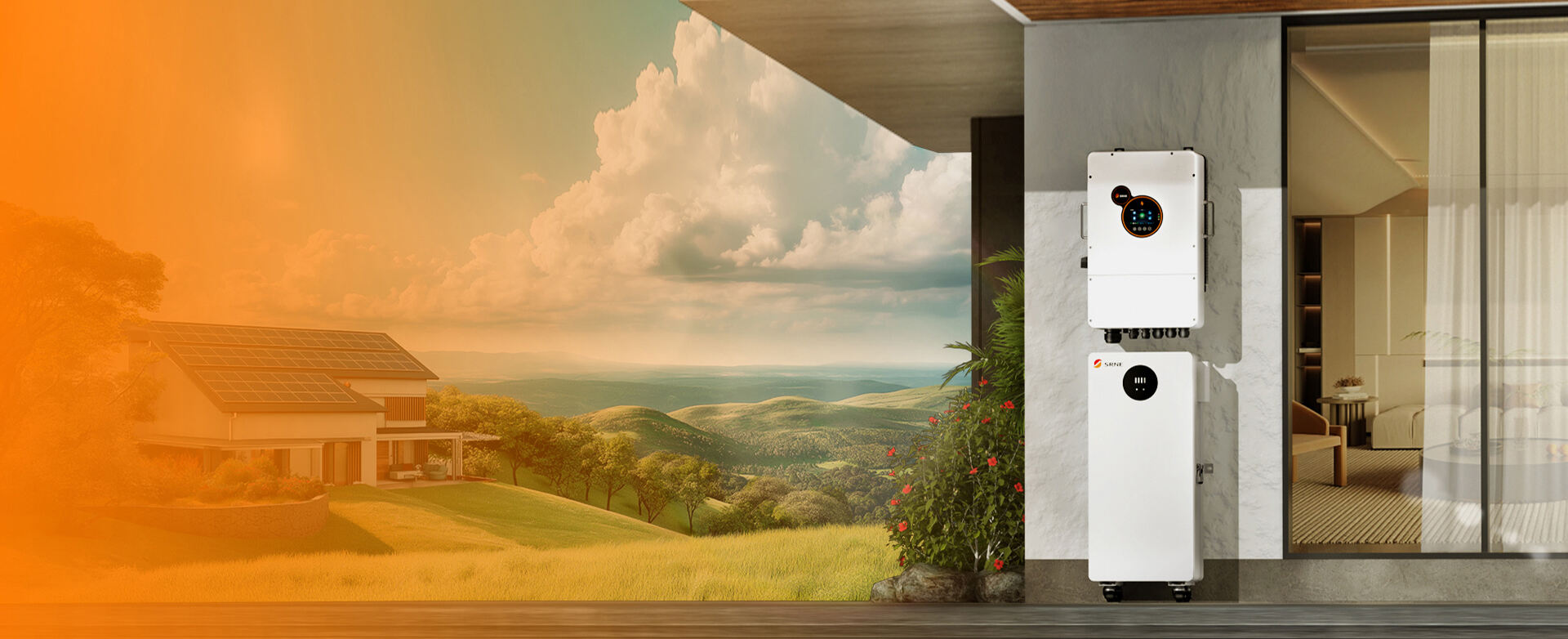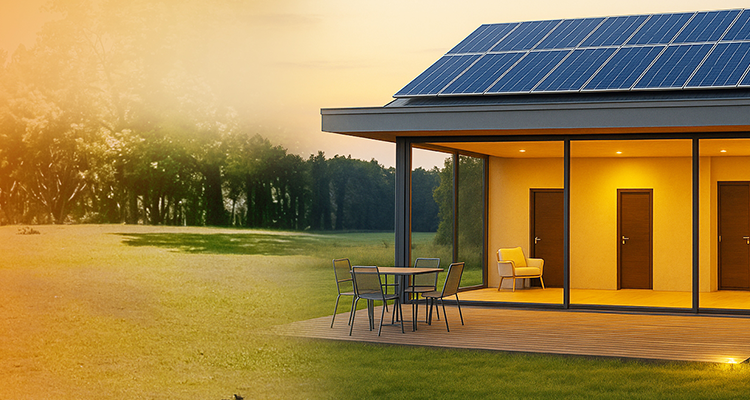Three Phase High Voltage Hybrid Inverter
Why Choose Three Phase High Voltage Hybrid Power Inverter?
Three Phase High Voltage hybrid inverter solar enables direct MV grid connection, simplifies system design, and stabilizes large-scale renewable integration.

Direct Grid Connection, Higher Efficiency
Connects directly to 10kV+ grids, removing step-up transformers to cut losses and boost efficiency.

High Power, Simplified Design
Single units up to multi-MW reduce inverter count, simplify layout, and lower costs.

Stronger Grid Support & Stability
Offers reactive power, LVRT, and frequency support for stable renewable integration.
Cost-Effective Three Phase High Voltage Hybrid Solar Inverter
SRNE 3 phase hybrid inverter suits PV plants, wind-solar-storage, and industrial microgrids for efficient, stable power.
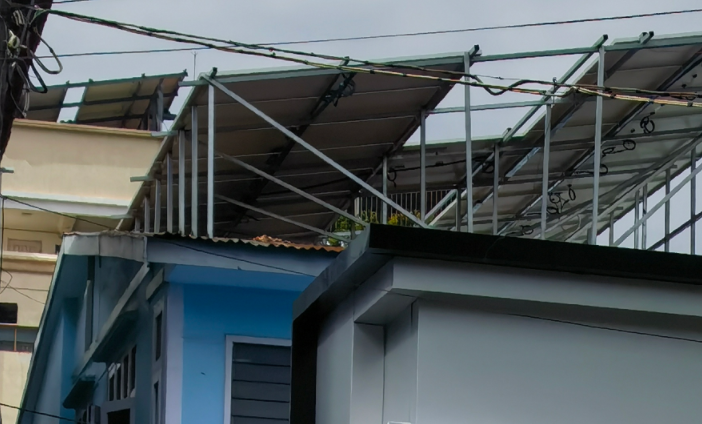
Centralized PV + Storage Plants
A three-phase high voltage hybrid inverters for solar connects directly to medium-voltage collector lines, removing step-up transformers, cutting losses, and reducing substation equipment investment.
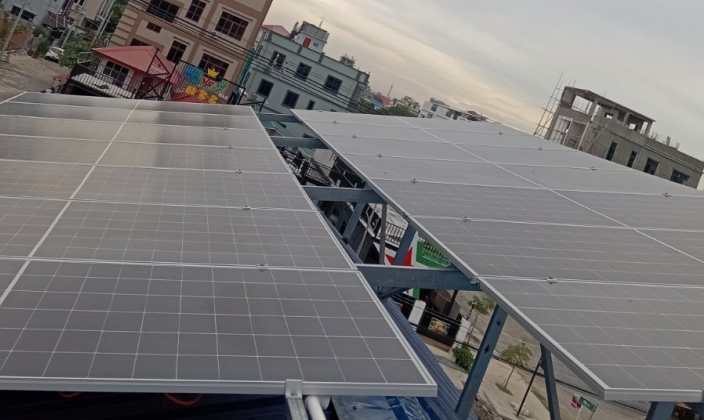
Wind-Solar-Storage Integration
By connecting at the 10/35kV bus, the solar hybrid inverter integrates wind, solar, and storage, enhancing reactive power and frequency support for stable large-scale renewable integration.

Industrial Park Microgrids
Within 10kV ring networks, the pv inverter hybrid enables seamless on/off-grid switching and black-start support, ensuring resilient power supply and peak shaving for critical loads.

Data Center MV Storage
Deployed at MV busbars, large-capacity storage with a hybrid pv inverter provides fast frequency response and voltage support, reducing reliance on UPS and diesel generators.
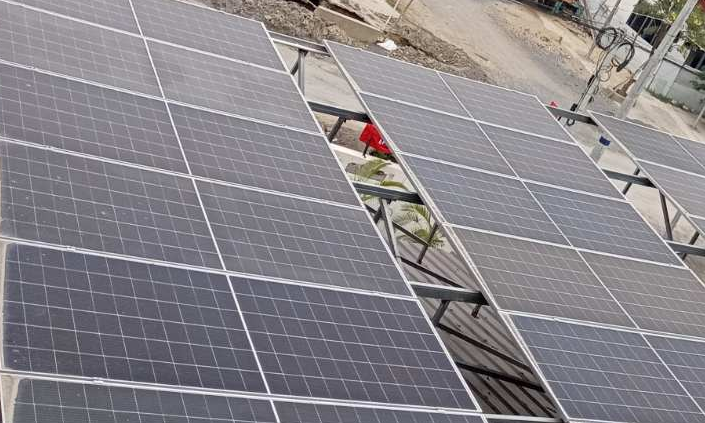
Remote Mining & Island Grids
For long feeders and dispersed generation, the 3 phase hybrid inverter connects directly to 10kV networks, minimizing multi-stage transformation and line losses, while improving supply reliability.
Know More about Three Phase High Voltage Hybrid Solar Power Inverter
What grid voltage does a three-phase high voltage hybrid solar power inverter support?
What is the main difference compared with low-voltage inverters?
What are the typical application scenarios?
What grid-friendly functions does the pv inverter hybrid support?
How should capacity be selected?
Is it compatible with different battery systems?
What MV interconnection gear does a high-voltage hybrid inverters for solar need?
What certifications and standards are required for grid connection?
How efficient is a high voltage hybrid power inverter?
What should be considered during installation and maintenance?
Smart Choices, Proven Results
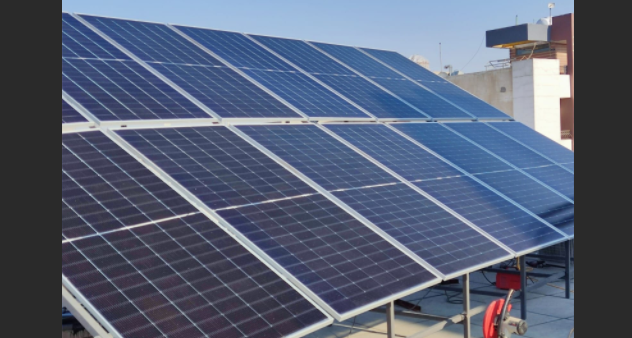
Hybrid Inverter Solutions for Off-Grid Islands in the Philippines
Explore how hybrid inverters work in off-grid settings, the key factors you need to consider when installing them in island environments, and the real benefits they bring to households and businesses seeking energy independence.

How to Maintain Your Hybrid Inverters for Maximum Lifespan
Explore key hybrid inverter maintenance practices—covering everything from cleaning and firmware updates to wiring inspections and environmental protection.

What is the Difference Between a Hybrid Inverter and a PV Inverter?
Walk you through the core functions, key features, advantages, and limitations of both PV inverters and hybrid inverters.
CONTACT DETAILS
Inquiry:master@szshuori.com
Aftersale:service@szshuori.com



















